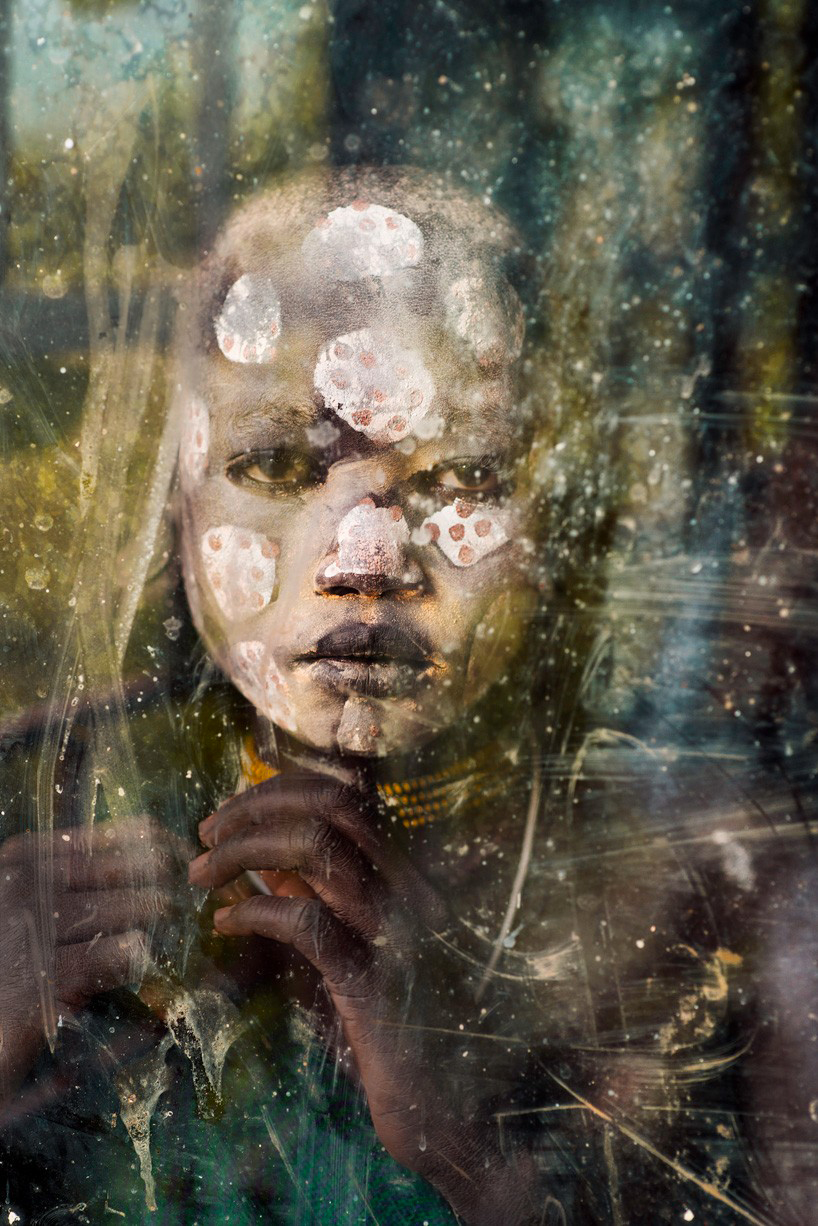

Produced in a variety of formats, including 35mm slide film and 8mm movie film, its colors remain intact for decades. Kodachrome had been known for its sharpness, archival durability, and vibrant but realistic hues. So we thought it was only fitting for him to do the final honors with the last roll of Kodachrome.”


What he captured for National Geographic in 1984 is arguably the most iconic image ever taken.

“Not only is Steve one of the world’s most revered photographers, but his passion for and ability to create some of the most iconic images on Kodachrome is unparalleled. “This was the only way I shot for decades.”Īudrey Jonckheer of the worldwide Film, Photofinishing and Entertainment Group at Kodak recalls that choosing McCurry to shoot the last roll was an easy decision. “I don’t think there’s ever been, in the history of photography, a better film, a better way to actually look at the world than with Kodachrome,” McCurry said. When he heard the film would no longer be in production, he contacted Kodak and asked if he could take the last roll. Kodachrome was always a favorite of Steve McCurry, the internationally known photographer famous for his portrait of Sharbat Gula, the “Afghan girl,” taken for National Geographic magazine. The one remaining developer in the world, Dwayne’s Photo in Parsons, Kansas, ceased processing the film early this year. Due to dwindling sales, Kodak made the difficult announcement they would no longer manufacture Kodachrome on June 22, 2009. McCurry has been a contributor to Magnum since 1986.“Say it isn’t so!” exclaimed photographers all over the world when they heard the news about the end of Kodachrome film. McCurry has been recognized with some of the most prestigious awards in the industry, including the Robert Capa Gold Medal, National Press Photographers Award, and an unprecedented four first prize awards from the World Press Photo contest. He has published many books and retrospectives, including Monsoon (1988), The Path to Buddha (2003), Portraits (1999), On Reading (2016) and most recently, Steve McCurry: A Life in Pictures (2018). Despite his prolific output his pictures always retain the human element that made his celebrated image of the Afghan Girl so powerful. Since then, McCurry has gone on to create evocative images in over six continents and countless countries, with scores of magazine and book covers, as well as solo global exhibitions. Emerging in traditional dress, with a full beard and weather-worn features after weeks embedded with the Mujahideen, McCurry brought the world the first images of the conflict in Afghanistan, putting a human face to the issue. There, he met a group of refugees from Afghanistan, who smuggled him across the border into their country, just as the Russian Invasion was closing the country to all western journalists. It was after several months of travel that he found himself crossing the border into Pakistan.


 0 kommentar(er)
0 kommentar(er)
